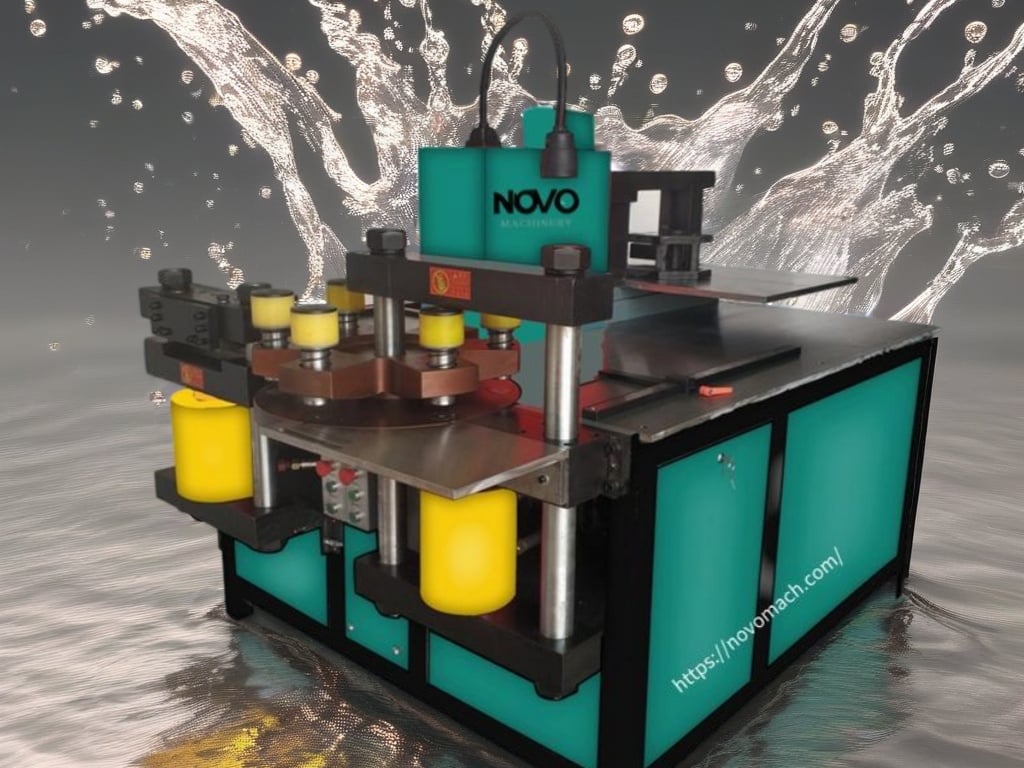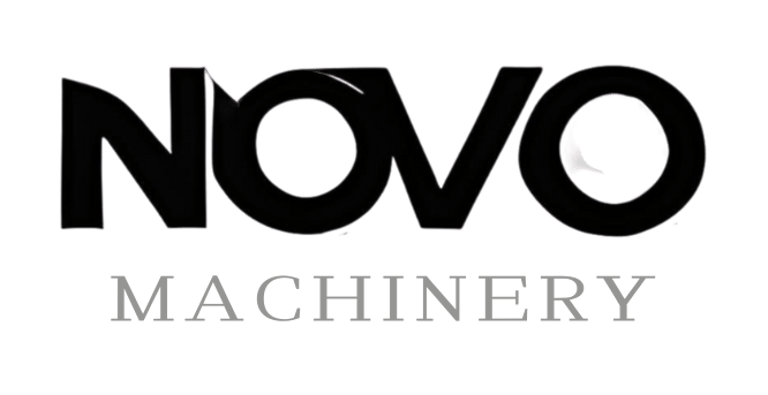Tropical Southeast Asia Climate Challenge: How Dialogue/Protective Busbar Machine Handlers Handle High Humidity and Prevent Corrosion
7/7/20255 min read


Understanding the Challenges of the Tropical Climate
Tropical Southeast Asia is characterized by a distinct climate that is marked by high humidity levels throughout the year. This region experiences a tropical rainforest climate, where relentless moisture in the air fosters a series of challenges for various sectors, particularly those relying on intricate machinery and electrical systems. The air's saturation with water vapor not only affects human comfort but significantly compromises the integrity and longevity of industrial equipment, with corrosion emerging as a primary concern.
The constant exposure to high humidity creates an environment in which metals and electronic components are susceptible to corrosion. For instance, busbars, which are vital for conducting electricity within electrical systems, must face the brunt of moisture's effects. Corrosion can lead to diminished electrical conductivity, increased resistance, and ultimately equipment failure, posing substantial risks to operational efficiency. This reality underscores the urgency for industries in tropical regions to adopt specific protective measures to mitigate these corrosive effects.
Moreover, the implications of humidity extend beyond corrosion. Equipment malfunctions can lead to increased maintenance costs and downtime, which in turn can affect productivity and operational efficacy. Industries such as manufacturing, energy, and telecommunications, which rely on a multitude of machinery, are particularly vulnerable. Therefore, understanding the nuances of the tropical Southeast Asian climate is vital for developing effective strategies that will counter the challenges posed by high humidity and its associated risks.
The challenges of managing machinery in this humid climate require specialized handling protocols and protective measures. Addressing these issues not only safeguards machinery and extends its life but also plays a critical role in ensuring reliable operations across various sectors adversely affected by this tropical environment.
The Role of Dialogue and Training in Effective Management
In environments characterized by high humidity, such as those found in Tropical Southeast Asia, the role of effective dialogue and training becomes increasingly critical for the machinery operators responsible for handling protective busbar machines. Open communication channels between management and staff foster a culture of understanding, enabling personnel to better grasp the challenges posed by corrosion and humidity. This collaborative approach encourages sharing of practical experiences and insights, which ultimately aids in the customization of protective measures tailored to the specific conditions of an operation site.
Effective management of high-humidity environments hinges on the implementation of regular and structured training programs. These initiatives should focus not only on the operational aspects of using protective busbar machines but also on the significant effects of humidity and corrosion on machinery. Training sessions emphasize the importance of maintaining equipment, understanding the risks associated with moisture, and applying protective coatings when necessary. By ensuring that machine handlers are well-versed in the latest techniques and technologies, organizations can cultivate a workforce that is both competent and confident in their ability to address these environmental challenges.
Moreover, ongoing training serves as a platform for continuous improvement, keeping staff updated on any advancements in corrosion prevention and protective measures. Workshops and seminars can be instrumental in solidifying workers' expertise and revealing new strategies to combat the adverse effects of high humidity. Incorporating real-life case studies and problem-solving exercises into training curricula can further enhance learning. Ultimately, fostering an environment of dialogue and investing in comprehensive training not only benefits the safety and performance of employees but also contributes to the longevity and reliability of protective busbar machines in high-humidity conditions.
Innovative Protective Technologies for Enhancing Durability
Within the context of the tropical Southeast Asian climate, the need for robust protective technologies is paramount, particularly regarding protective busbar systems. The unique challenges posed by high humidity and corrosive environments have led to the development of advanced materials and coatings specifically engineered to enhance the durability of busbars. These innovations aim to mitigate corrosion, prolong operational efficiency, and reduce long-term maintenance costs for industries operating in these conditions.
One prominent technology is the application of specialized epoxy coatings, which create a protective barrier against moisture and corrosive elements. These coatings have been formulated to withstand extreme humidity levels, ensuring the integrity of the busbars over extended periods. In addition to epoxy solutions, manufacturers are also exploring advanced polymer coatings that offer superior resistance to environmental stressors, thereby broadening the lifespan of these critical components.
An example of successful implementation can be found in a case study from a manufacturing facility in Malaysia, where traditional copper busbars were replaced with those treated using a high-performance nanocoating. This technology not only effectively resisted moisture-induced corrosion but also significantly improved the electrical conductivity of the components. As a result, the facility reported a 30% reduction in maintenance costs, enhancing overall operational efficiency.
Moreover, the integration of aluminum busbars with corrosion-resistant anodized finishes has gained traction. In a comparison study conducted in Indonesia, it was demonstrated that anodized aluminum busbars exhibited remarkable resistance to corrosion over a five-year period, highlighting their suitability for humid environments. This shift towards innovative materials not only reflects a strategic response to environmental challenges but also showcases the potential for significant long-term cost savings across industries.
Innovative protective technologies are redefining the durability standards for busbars in tropical Southeast Asia. By leveraging advanced coatings and materials, industries can ensure reliability and efficiency in their electrical systems, thereby supporting the sustainability of operations in challenging climatic conditions.
Best Practices for Maintaining Equipment in Humid Conditions
Maintaining equipment in humid environments is critical, especially when dealing with busbars and machinery prone to corrosion. In tropical Southeast Asia, where humidity levels can soar, adopting best practices is essential for ensuring equipment longevity and reliability. One of the foremost preventive measures is to establish a regular maintenance routine. Handlers should inspect equipment frequently to identify any signs of corrosion or wear. This includes checking exposed metal surfaces and connecting points, which are particularly vulnerable to moisture and subsequent oxidation.
Utilizing protective coatings is another effective strategy. Applying corrosion-resistant paints or specialized coatings on busbars can significantly reduce the risk of corrosion. Handlers should ensure that these coatings are reapplied according to the manufacturer’s recommendations, as wear over time can diminish their protective effects. Additionally, moisture-absorbing desiccants can be used in enclosed equipment spaces to help reduce humidity levels, further minimizing the risk of corrosion.
Implementing environmental controls, such as dehumidifiers or ventilation systems, can also prove beneficial. Ensuring adequate airflow around the equipment can help dissipate humid air, reducing the likelihood of condensation buildup. Furthermore, handlers should be vigilant about cleaning equipment regularly. Accumulated dust and debris can trap moisture against surfaces, creating an ideal environment for corrosion. A diligent cleaning schedule that prioritizes wiping down surfaces and removing contaminants will aid in safeguarding machinery.
Finally, it is imperative to engage in proactive assessments of all equipment. Regular inspections should not only focus on visible parts but also include electrical connections and insulative materials that may suffer in humid conditions. By proactively identifying potential issues before they escalate, handlers can significantly extend the lifespan of their busbars and other machinery. In conclusion, through diligent maintenance and proactive strategies, handlers can effectively combat the challenges posed by high humidity, ensuring the reliability of their equipment even in adverse conditions.
Innovate
Leading manufacturer of busbar processing equipment solutions.
Contact
Support
+131 2713 4627
© 2025. All rights reserved.
